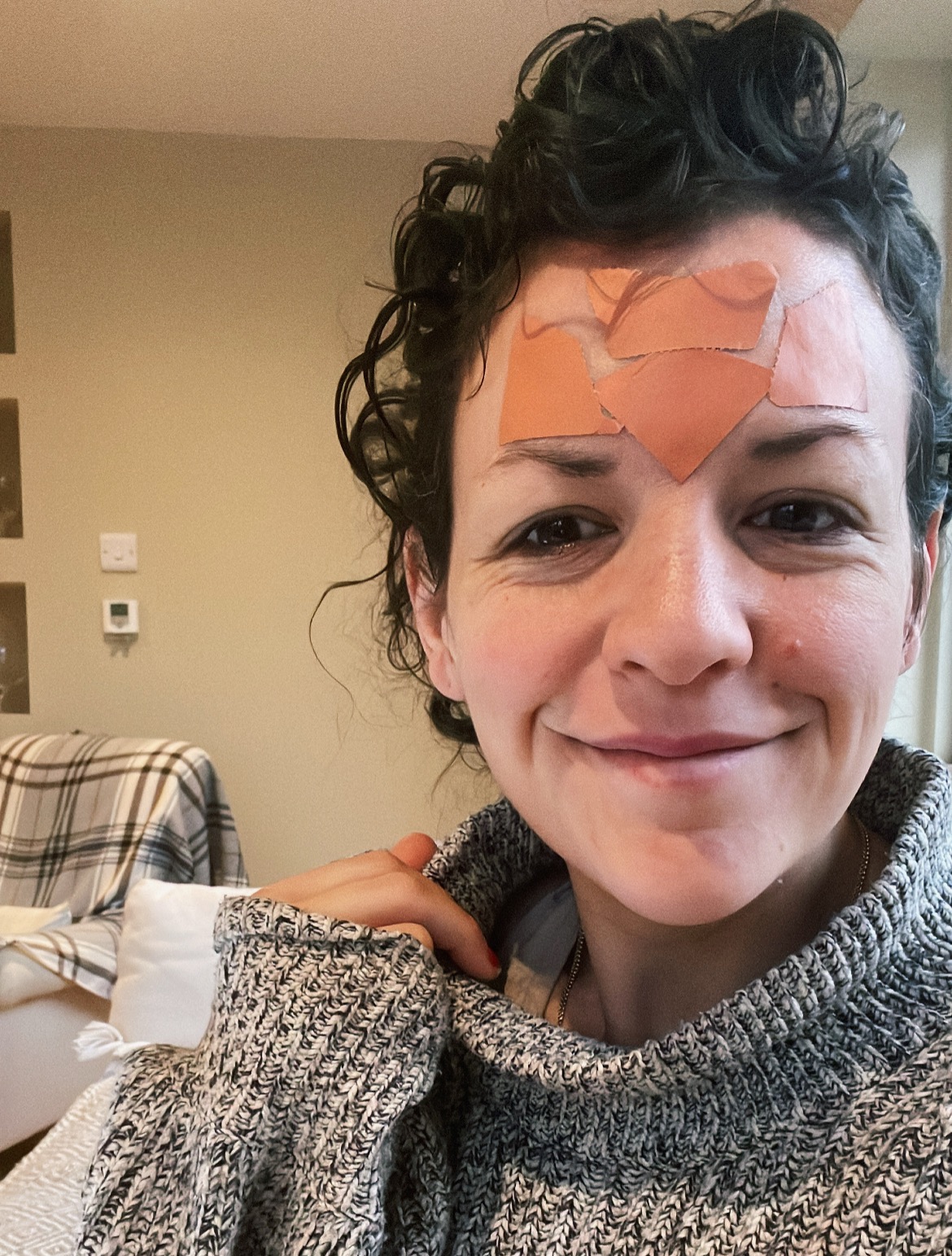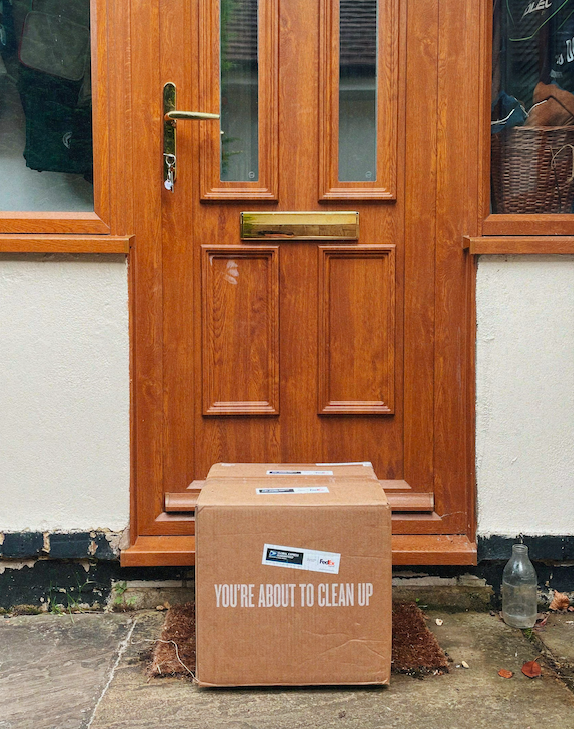My Cast Iron How To!
Last week I posted a story on Instagram showing how I use cast iron for scrambled eggs and have a clean pan afterwards and so many of you asked questions that I wanted to give you my steps to winning with cast iron! Everyone has different secrets but there are mine and they leave us with a cast iron pan that doesn’t even need cleaning after making scrambled eggs! (But I do still clean it don’t worry, and I’ll tell you what to do if yours does need cleaning!)
Firstly. Why cast iron?
On any topic I prefer to offer solutions where people know what they want to change rather than talk about problems, I don’t like fear as a motivator. But the thing that finally made me do the complete switch was reading about the toxicity of non stick pans. So you can research on your own there, but my other reason is that they live forever. Making them a really sustainable choice. And really cost effective, with – no plastic parts to disintegrate and need throwing in the trash. Win win.
What do we buy?
I exclusively buy the Lodge brand of cast iron. It’s the best USA made brand I’ve found, and they are very affordable without compromising quality. (I’m not paid to promote them, and they’ve never given me anything for free, we just really do love them.) With one exception actually, they don’t make a waffle press so you can find the one I chose and our waffles recipe HERE.
They come pre seasoned so you don’t need to do an initial seasoning, but you seasoning will build up over time so take care of it well and it will love you back.
Note: The seasoning is the oil layer baked into the pan over time that makes it naturally non stick!
I own an 8″ pan, a 10.25″ pan , a mini 6.5″ one that’s perfect for single portion reheating, and a shallow circular griddle pan that’s perfect for pizza making. That’s all I find myself needing for our family cooking and it comes to a total of less than $50 – one of the reasons I love Lodge! (For baking I have a bread tin, and muffin tins. )
Caring for my cast iron.
It can feel overwhelming to think about caring for cast iron but I promise it’s actually really simple when your make the switch.
- Start cooking with the pan HOT! Don’t heat food up in a cold pan, start with the pan hot – this is essential for letting the non stick seasoning do its thing.
- Don’t use the pans for anything too acidic. I don’t really do big tomato dishes in them, or cook fruit in them for long periods of time. I do cook both of those things quickly in them, and it does work better when the pan has built up a good seasoning.
- As well as starting the pan hot, start it oiled. Animal fats are supposed to work better than vegetable oils, so I use coconut oil as it’s more similar to an animal fat. Most people will tell you to use a paper towel to spread the oil but A) I don’t like putting my fingers in a hot skillet, and B) I don’t like throwing out a paper towel every time I use the skillet so I use a silicon brush and I think it works way better. I keep a jar of coconut oil in my cupboard with the brush in it ready to go. THIS is the brush I have.
- Don’t overly scrape the pan during cooking, but equally you can use metal utensils, unlike teflon. You just don’t want to go to town scraping them and hurt the seasoning. I find a very thin spatula like THIS one works best for flipping pancakes and turning scrambling eggs.
- Clean the pan right after cooking. The heat helps in the cleaning – I mean, not when it’s scolding, let it cool a bit but don’t leave it till after eating. This is controversial in the cast iron world but I personally use a metal scourer to clean my cast iron. I’m very gentle with it, and because I have good seasoning I never have to use it much more than one wipe round the pan. You can alternatively use salt, and then the coarse side of a scrubber brush. I’ll stick with my metal scourer and a gentle hand.
- IF you do find you have baked on food the best method I’ve found it to fill it with a little water and put it back on the heat. Let it warm up and then gently take the metal scourer to it. It works like magic.
- After cleaning it gently, I wipe the skillet out with a towel then put it over a low heat until it’s completely dry. This gets any little bits of water out to stop it rusting.
- When it’s completely dry and still hot, I take my silicon brush again and wipe oil round the pan, let it heat for another minute or two and then switch it the heat off!
So there you go, that is how I make scrambled eggs without cleaning my skillet afterwards. It really is simple and well worth the switch!









